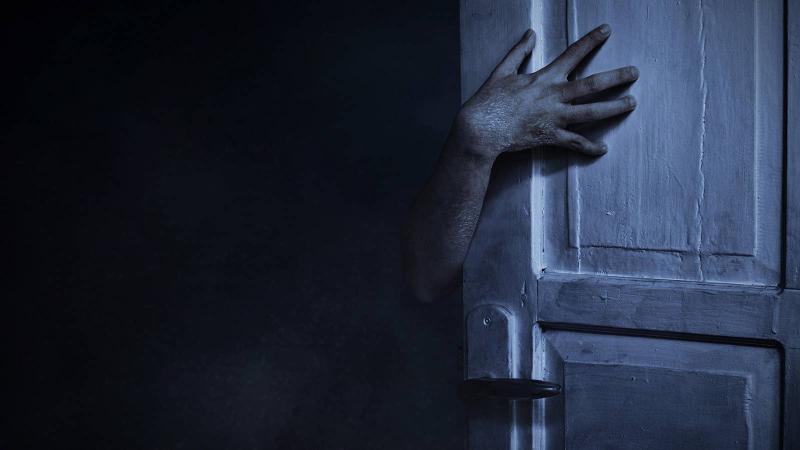The development of the indie horror game Phasmophobia took a pivotal turn when creator Daniel Knight found inspiration from CD Projekt Red's The Witcher 3. Initially struggling to craft a compelling experience, Knight was influenced by a quest in The Witcher where players had to research a monster to banish it. This ignited the idea of identifying ghost types in Phasmophobia. The game, which focuses on collaborative ghost hunting, skyrocketed in popularity after its release, achieving millions of sales and becoming a cultural phenomenon. Despite this success, Knight faced challenges maintaining the game's momentum being a solo developer. Recently, significant updates, including the Chronicle update and console version, have renewed player interest after years in Early Access. The game not only surpassed 25 million sales but is also expanding into other media with a film adaptation in development.
How did Phasmophobia achieve its massive success?Phasmophobia gained massive success through its unique multiplayer ghost-hunting experience, word-of-mouth marketing, and the influence of popular streamers and YouTubers, coupled with Knight's innovative ideas for gameplay, including the collection of evidence to identify different ghost types. The game’s mysterious nature and social co-op gameplay attracted a substantial audience, ensuring sustained interest and further developments.
Phasmophobia's blend of social interaction and horror elements offers a distinctive experience in the gaming landscape. Since its early access launch, Knight has continually expanded the game, incorporating player feedback which keeps existing fans engaged and attracts new ones. With a film adaptation on the horizon, the game's impact continues to grow, solidifying its place in gaming culture.








Comments
No comments yet. Be the first to comment!